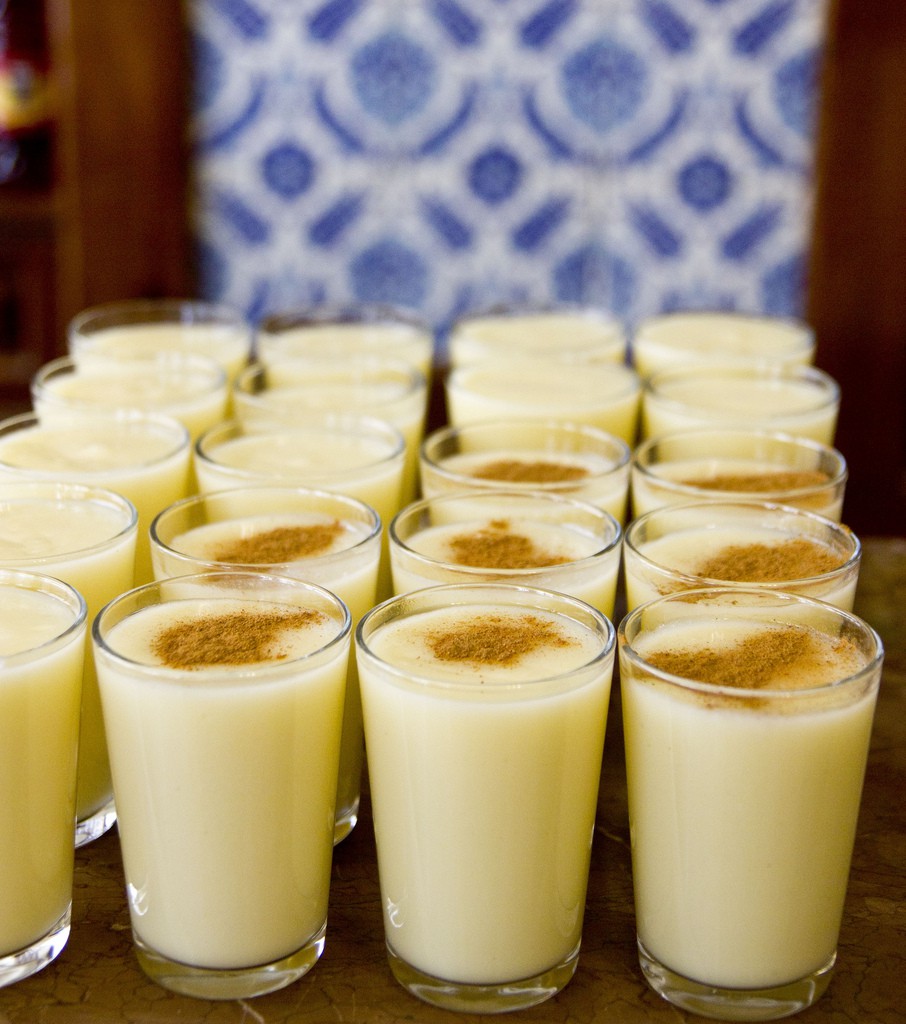Boza is a traditional fermented beverage made from grains, primarily wheat or millet, that boasts a rich history and cultural significance in Turkey and several other countries. Characterized by its thick, creamy texture, slightly tangy flavor, and pale yellow color, boza is typically enjoyed during the colder months, particularly in winter. Its origins can be traced back to Central Asia, where it was consumed by nomadic tribes and later spread across the Ottoman Empire.
In Turkey, boza has become an integral part of the culinary landscape, particularly in cities like Istanbul. Street vendors, known as “boza sellers,” have been a common sight since the late 19th century, hawking their creamy concoctions and adding a nostalgic charm to the streets. Vendors often serve boza topped with a sprinkle of cinnamon or roasted chickpeas, enhancing its flavor and providing a delightful contrast in texture.
The process of making boza involves soaking the grains, grinding them, and then boiling the mixture with water and sugar. This process is followed by fermentation, which gives boza its characteristic sour taste and slightly alcoholic content, typically around 1-2%. The fermentation not only contributes to the beverage’s unique flavor but also enhances its nutritional value, as it is rich in vitamins, proteins, and probiotics.
Boza is not just a drink; it embodies a sense of community and tradition. In Turkish culture, it represents warmth and comfort during the cold winter months and is often associated with family gatherings and communal experiences. Many people reminisce about their childhood memories of enjoying boza from street vendors or preparing it at home with loved ones.
Beyond Turkey, boza is enjoyed in several other countries, albeit with regional variations. In the Balkans, countries like Bulgaria and Albania have their own versions of boza, often made from corn or other local grains. In these regions, boza has similar historical roots, linked to agricultural practices and the fermentation of locally available ingredients. Each culture adds its own spin on the drink, infusing flavors that reflect regional tastes and preferences.
In recent years, there has been a revival of interest in traditional beverages like boza, as more people seek authentic and nostalgic experiences. Artisanal producers are emerging, crafting high-quality versions of boza, often sourced from heritage grains and traditional methods. This resurgence is not only revitalizing interest among older generations but also attracting younger consumers eager to connect with their culinary heritage.
You may want to experience such an important part of Turkish drink in one of the oldest shops of Istanbul at Vefa Bozacısı. Founded in 1876 in the Vefa neighborhood of Fatih, this legendary shop has been serving its signature beverage for over a century, earning a reputation as one of the best places to enjoy authentic boza in Turkey.
Overall, boza is more than just a drink; it is a cherished tradition that embodies the rich cultural tapestry of Turkey and its neighboring regions. As the beverage continues to be celebrated in various forms and flavors, it remains a symbol of warmth, community, and the enduring power of tradition. Whether enjoyed from a bustling street vendor in Istanbul or a cozy family kitchen, boza is a testament to the richness of culinary heritage across cultures.

